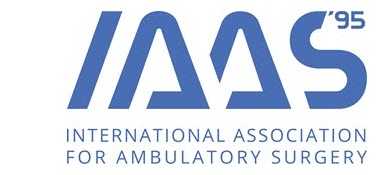Structural Reform Support Service Project SRSS/S2019/021

The IAAS was contracted by the Structural Reform Support Service (SRSS) to provide a tailored programme of support to the Ministry of Health and 8 hospitals in Budapest.
The SRSS is an European Commission service with a mandate to support member states with the preparation, design, and implementation of growth-enhancing reforms; and to provide tailor-made support on the ground.
Key elements of service are
- Technical support is demand-driven, based on request from Member States;
- It is available to all Member States;
- Technical support covers the entire process of reform: from design to completion;
- No co-financing is required;
- The SRSS engages in dialogue with Member States to discuss technical support needs and to agree on cooperation and support plans
The first meeting of the Strategic Programme Board who oversaw the work took place in Budapest in May 2019 at the Ministry of Human Capacities and was opened by Professor Horvath, State Secretary of Health who has pledged high-level ministerial support for this project. Although the proposal was initiated by the Hungarian Government, the IAAS was the EU’s contracted provider with local assistance from the Hungarian Association of Ambulatory Surgery (HAAS). The aim was to
provide a report to the Ministry of Health about issues blocking the development of ambulatory surgery
provide an overview of capability of each hospital
provide recommendations on a formal strategy for developing ambulatory surgery in Hungary
help the clinical and management teams in the 8 hospitals develop their understanding of ambulatory surgery and
to work with them to develop successful ambulatory surgery pathways
Agenda Kick off meeting Budapest
Presentations at the meeting
Structural Reform Support Programme by Mr Florin Poppa – Presentation 1
Project structure by Mr Christope Maes – Presentation 2
Project objectives by Dr Gamal Mohamed – Presentation 3
Financial regulations and implication by Dr Luc Van Outryve – Presentation 4
